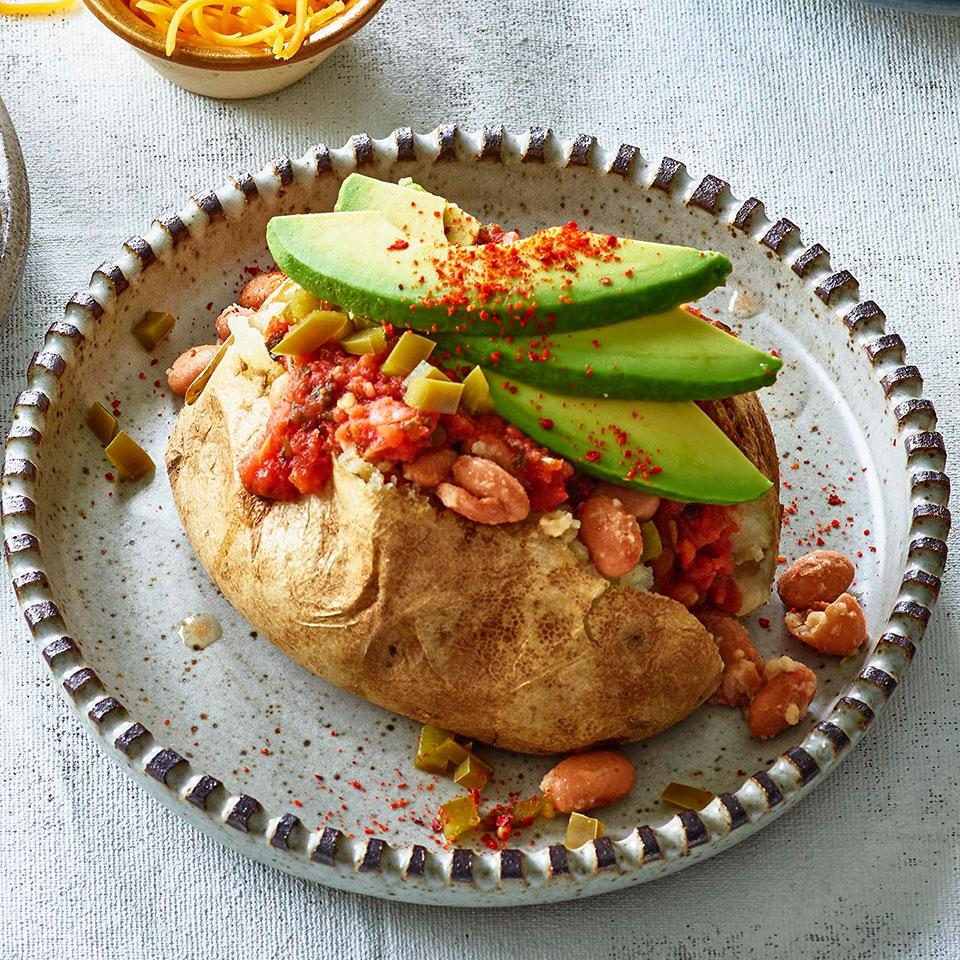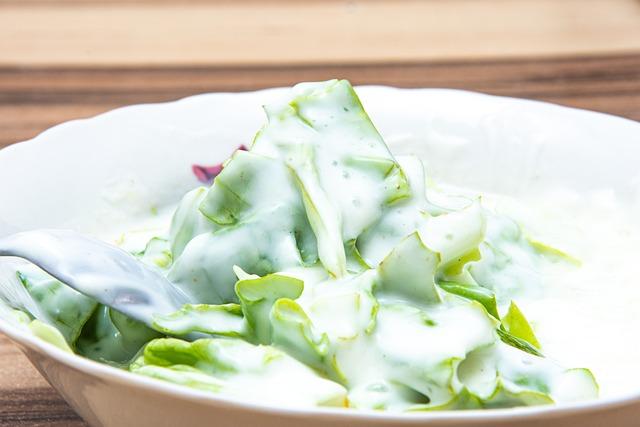In a world where culinary choices are as diverse as the cultures that inspire them, the flexitarian diet emerges as a harmonious blend of flavor, health, and sustainability. For those seeking to embrace a lifestyle that champions both variety and balance, crafting a flexitarian meal plan can seem like both an art and a science. This approach to eating allows for a flexible and personalized diet, inviting a medley of plant-based foods while still accommodating the occasional indulgence in meat or fish. As we explore the nuances of creating meal plans that cater to both the palate and the planet, this guide will illuminate the path to achieving dietary harmony, offering practical tips and creative ideas to ensure every meal is a delightful experience.
Exploring Diverse Protein Sources for a Balanced Plate
Incorporating a variety of protein sources into your meal plans can transform your culinary experience while ensuring nutritional balance. A flexitarian approach emphasizes the integration of both plant-based and animal-derived proteins, which not only diversifies your diet but also enriches your plate with different textures and flavors. Plant-based proteins such as legumes, nuts, and seeds are excellent for those seeking to reduce their meat intake without sacrificing protein quality. Lentils and chickpeas, for instance, are not only versatile but also provide fiber and essential minerals.
- Legumes: Beans, lentils, and chickpeas are protein powerhouses.
- Nuts & Seeds: Almonds, chia seeds, and flaxseeds offer healthy fats and proteins.
- Whole Grains: Quinoa and farro are excellent sources of complete proteins.
- Animal Proteins: Lean meats, poultry, and fish provide high-quality protein.
On the other hand, animal proteins such as fish and lean meats can complement plant proteins by supplying essential amino acids. For instance, pairing quinoa with grilled chicken or tofu with a sprinkle of sesame seeds can create a meal that is both satisfying and nutritionally complete. Embracing a variety of protein sources not only supports a balanced diet but also encourages creativity in the kitchen, inviting you to explore new recipes and flavors.

Incorporating Seasonal Produce to Enhance Flavor and Nutrition
Embracing the rhythm of the seasons in your meal planning not only enriches your diet but also tantalizes your taste buds with a variety of flavors. Seasonal produce is fresher, more nutritious, and often more affordable. Consider incorporating these vibrant, timely ingredients into your flexitarian meal plans:
- Spring: Fresh peas, asparagus, and strawberries bring a burst of color and sweetness.
- Summer: Juicy tomatoes, sweet corn, and vibrant berries offer refreshing and hydrating options.
- Autumn: Hearty squash, apples, and root vegetables add warmth and depth to your dishes.
- Winter: Citrus fruits, kale, and Brussels sprouts provide a necessary vitamin boost.
By aligning your meals with the natural growing cycles, you can enjoy produce at its peak flavor and nutritional content. This practice not only supports local farmers but also introduces a delightful variety to your plate, ensuring your flexitarian diet remains both exciting and wholesome.

Crafting a Weekly Meal Plan with Flexibility and Balance
Creating a flexitarian meal plan is an art that blends creativity and nutrition. It’s all about striking a balance between diverse food groups while allowing room for spontaneity. Begin by envisioning your weekly canvas as a vibrant tapestry of colors, textures, and flavors. Consider incorporating a variety of plant-based foods as the centerpiece, supplemented with occasional lean proteins. By focusing on nutrient-rich ingredients, you’ll ensure each meal contributes to your overall well-being.
To maintain flexibility, build your meal plan around core components that can easily adapt to what’s available or in season. Here are a few guiding principles to keep your plan both flexible and balanced:
- Rotate Proteins: Alternate between legumes, tofu, eggs, and lean meats to keep your meals interesting.
- Embrace Seasonal Produce: Incorporate fruits and vegetables that are in season for freshness and cost-effectiveness.
- Mix and Match Grains: Use a variety of whole grains like quinoa, brown rice, and barley to add texture and nutrients.
- Plan for Leftovers: Design meals that can be repurposed into new dishes, reducing waste and saving time.
By weaving these elements into your meal planning, you’ll not only nurture your body but also enjoy a culinary journey that’s as flexible as it is fulfilling.

Tips for Maintaining Nutritional Balance in Flexitarian Diets
Striking the perfect balance in a flexitarian diet involves embracing a spectrum of foods while being mindful of nutritional needs. To achieve this, focus on incorporating a variety of plant-based foods that deliver essential nutrients. Legumes, whole grains, and nuts are excellent sources of protein and fiber. Complement these with a rainbow of fruits and vegetables to ensure you’re getting a wide array of vitamins and minerals. Remember, diversity is key to preventing nutritional gaps.
- Protein Power: Include plant-based proteins such as tofu, tempeh, and lentils to meet your daily requirements.
- Colorful Plates: Aim for a variety of colors in your meals to maximize nutrient intake.
- Healthy Fats: Avocados, olive oil, and seeds are great sources of healthy fats that support brain health and energy levels.
- Mindful Moderation: While plant-based, allow room for occasional animal products to enjoy their unique benefits without over-reliance.
By consciously mixing and matching these elements, you can create meal plans that are not only nutritionally balanced but also delightful to your taste buds. Keep experimenting with new ingredients and recipes to keep your flexitarian journey exciting and sustainable.
